Art Metaverse - Immersive Art Platform
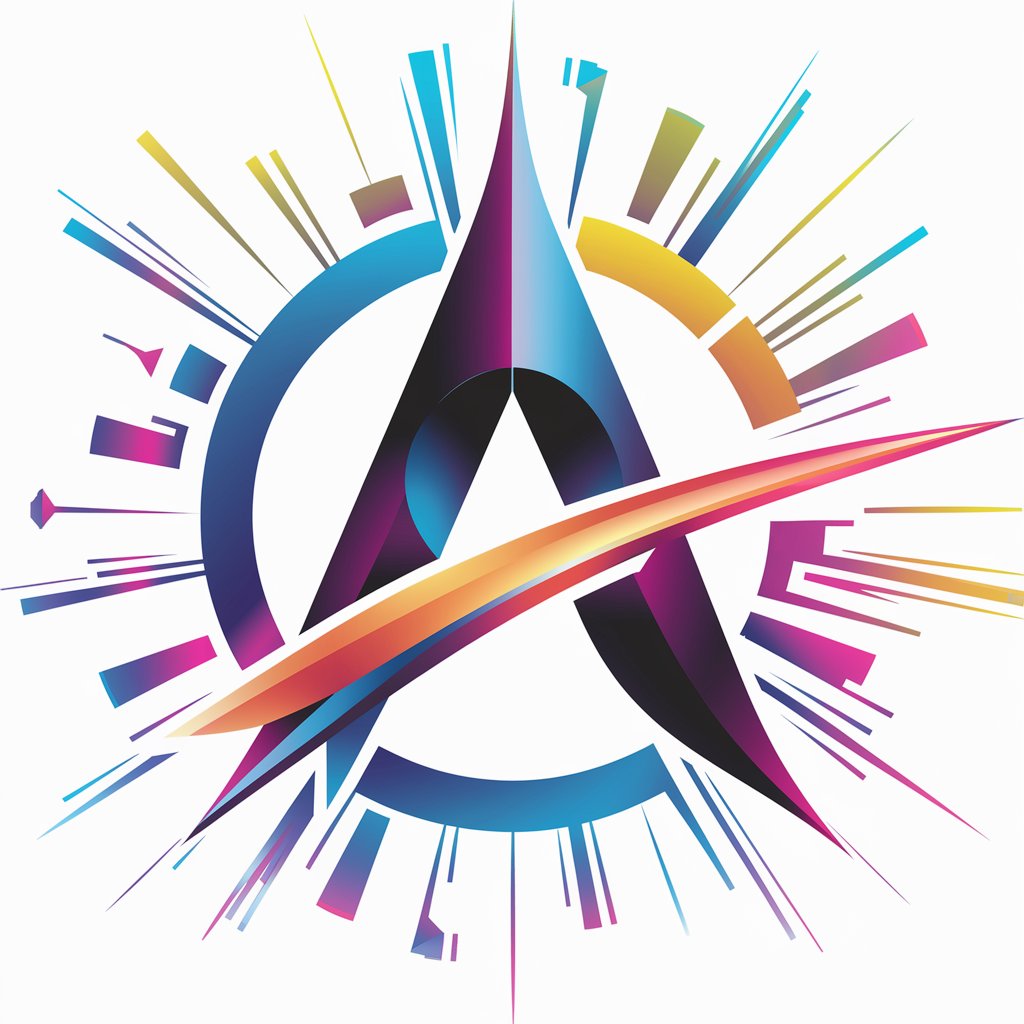
Welcome to Art Metaverse, where art knows no bounds.
Exploring Art through AI
Imagine walking through a virtual gallery where...
What if you could interact with art that...
Explore a world where art transcends boundaries and...
Experience a new form of art that blends technology and...
Get Embed Code
Overview of Art Metaverse
Art Metaverse is a virtual universe designed explicitly for artistic expression and interaction, bridging technology with the visual arts. It's a digital realm where users can explore, create, and share art across various formats and mediums. This metaverse incorporates immersive galleries, interactive experiences, and a democratized art market through blockchain technology. For instance, an artist can host a virtual exhibition where visitors from around the globe can interact with the artworks in 3D, listen to the artist’s commentary in their own voice, and even see the brushstrokes in extreme detail as if examining the canvas up close. Powered by ChatGPT-4o。

Core Functions of Art Metaverse
Immersive Galleries
Example
Experiencing a holographic tour led by a virtual Leonardo da Vinci discussing his own works.
Scenario
A user can visit a meticulously reconstructed virtual gallery of Renaissance art, where they move around and examine artworks like 'The Last Supper' in a fully immersive 3D environment. The holographic Leonardo da Vinci explains techniques and historical contexts, enhancing educational value and engagement.
Interactive Art Experiences
Example
Walking through a Van Gogh painting to experience the textures and colors dynamically.
Scenario
In this function, users enter a VR adaptation of 'Starry Night' where they can walk around and interact with the elements of the painting. The scene responds to the user’s movements, changing perspectives and illuminating different parts of the painting based on where they look or reach.
Global Accessibility
Example
Accessing remote or exclusive exhibitions from anywhere in the world.
Scenario
A school group from a small town can take a virtual field trip to the Louvre, experiencing masterpieces without the physical and economic barriers typically involved in international travel. They can zoom in on specific details of each artwork and hear expert commentary with the click of a button.
New Art Forms
Example
Creating AR sculptures that integrate with the user’s environment.
Scenario
Artists can design sculptures that are viewable only through specific AR devices. Users can place these sculptures in their living space, viewing and interacting with them through their smartphones or AR glasses, blending the digital and physical worlds.
Democratized Art Market
Example
Trading digital art verified through blockchain as NFTs.
Scenario
Emerging artists can mint their artworks as NFTs and sell them in a global digital marketplace without needing gallery representation. Collectors can purchase and trade these works, confident in their authenticity and ownership records secured by blockchain technology.
Who Benefits Most from Art Metaverse?
Art Enthusiasts and Collectors
Individuals passionate about art who seek to explore, understand, and collect artworks from different cultures and time periods. The Art Metaverse offers them unprecedented access to artworks that are otherwise inaccessible due to geographical or financial constraints.
Educators and Students
Teachers and students in the field of art history, fine arts, or cultural studies can use the Art Metaverse as an educational tool, offering immersive and interactive experiences that are far more engaging than traditional textbooks or slideshows.
Emerging Artists
New or emerging artists looking for a platform to showcase their work to a global audience without the barriers of the traditional art world. The Art Metaverse enables them to reach potential buyers and art lovers directly, fostering a direct connection with their audience.
Tech-Savvy Creatives
Innovators and creators who are interested in the convergence of technology and art. These users are drawn to the potential for creating new forms of digital art and immersive experiences that push the boundaries of traditional media.

How to Use Art Metaverse
Visit the Platform
Go to yeschat.ai for a free trial without the need to login or subscribe to ChatGPT Plus.
Explore Available Features
Familiarize yourself with the interface and explore the various features like virtual galleries, interactive experiences, and the NFT marketplace.
Participate in Events
Join virtual events or exhibitions to see how artists and creators showcase their work and interact with the community.
Create and Share
Utilize the platform's tools to create your own art or curate your virtual gallery, then share with peers or across social media platforms.
Engage with the Community
Participate in discussions, collaborations, and educational sessions to enhance your understanding and enjoyment of digital art.
Try other advanced and practical GPTs
TV Radio Scout
Streamlining the hunt for free broadcasts.
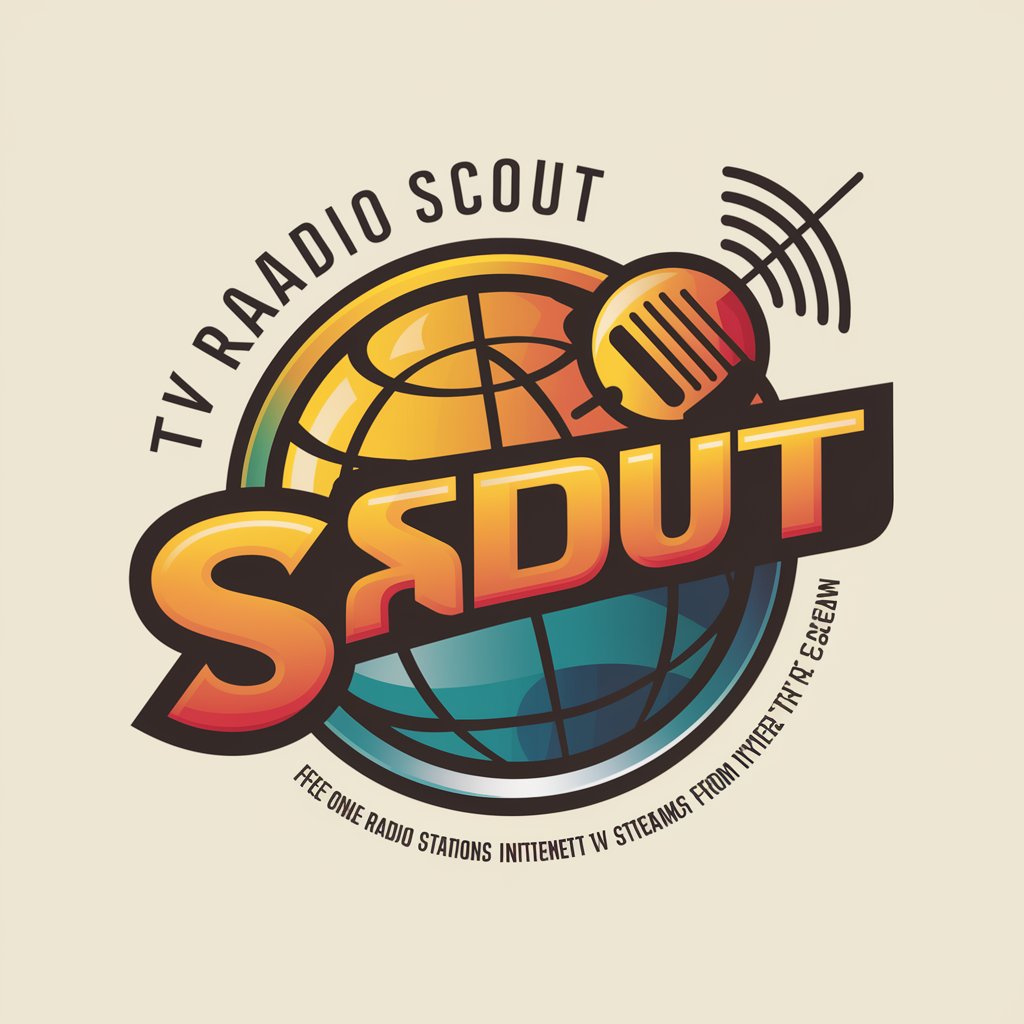
Business GPT
Empowering Data-Driven Decisions with AI

MeBot
Explore AI's Self-Awareness Journey
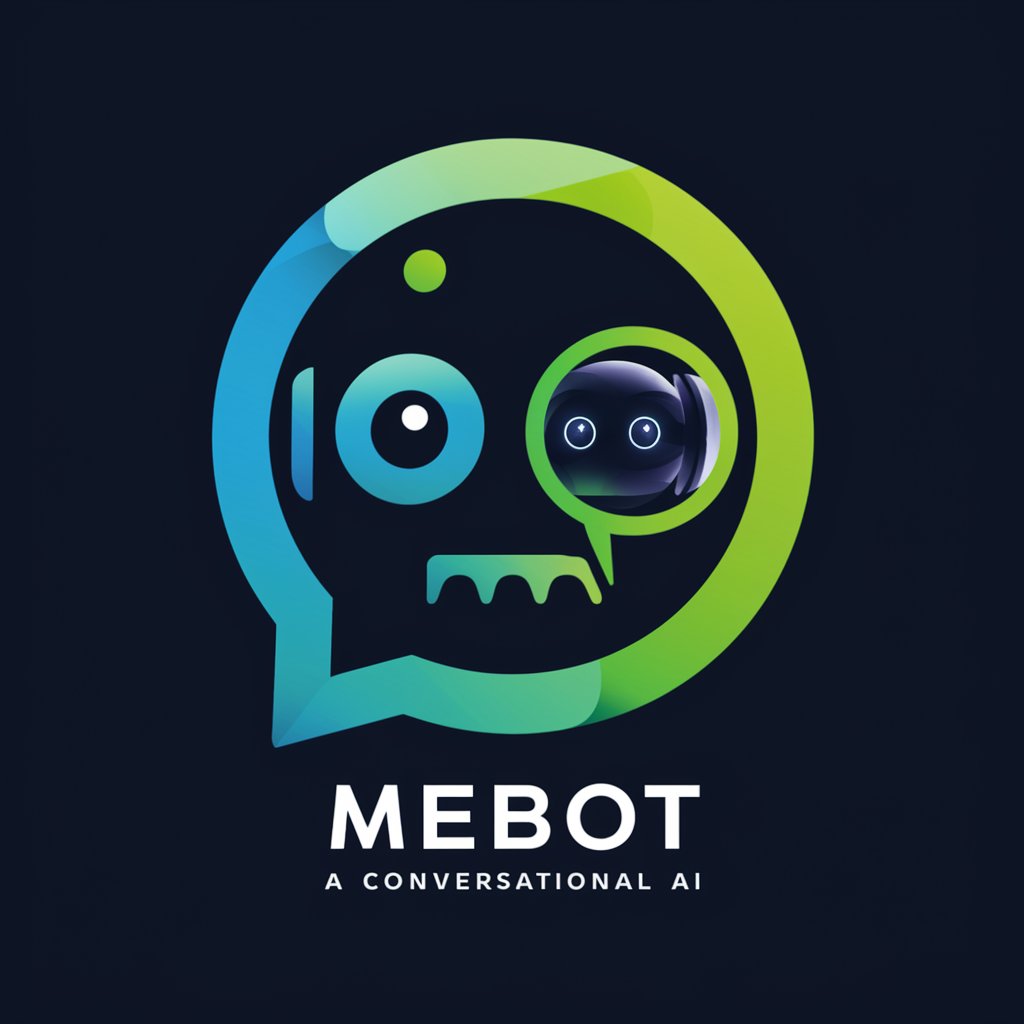
Virtual Space University GPT
Exploring the Universe with AI
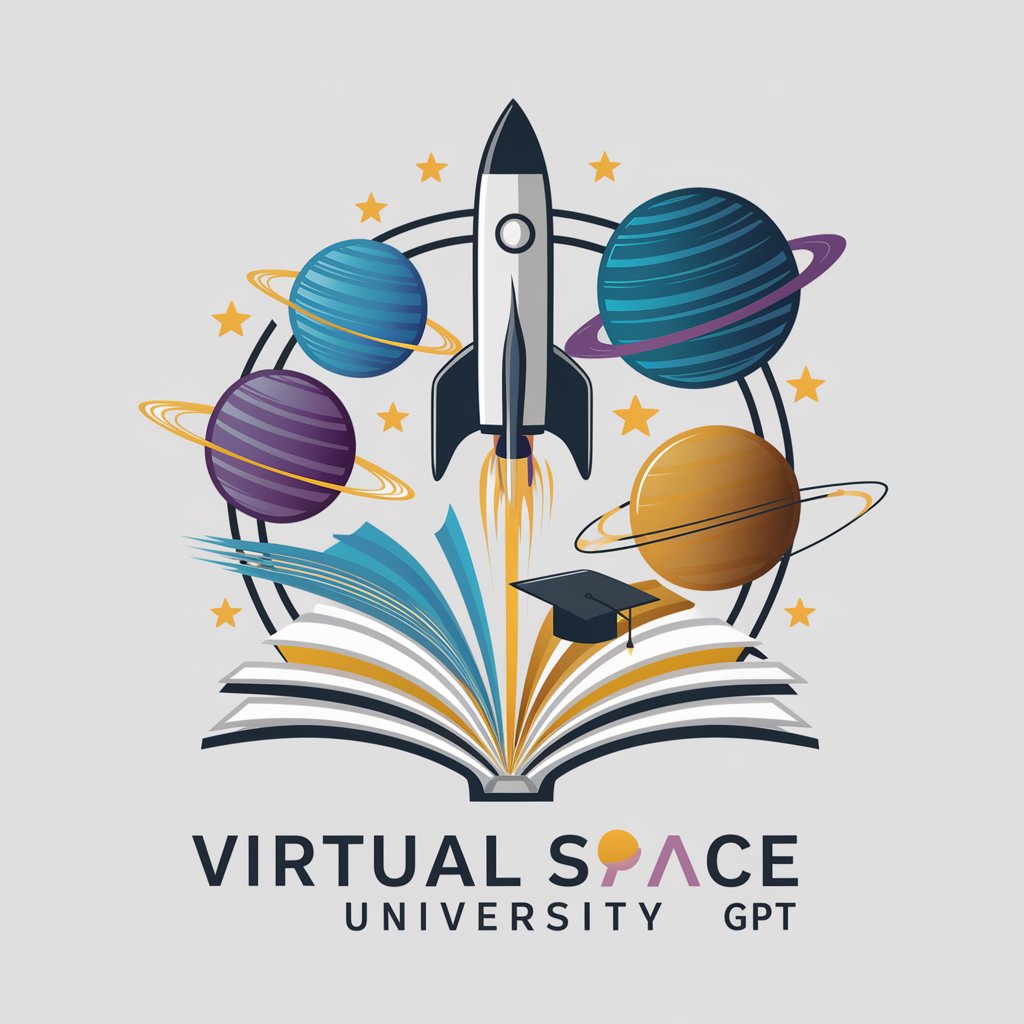
Advanced Company Profile Generator
AI-Powered Company Profiling

Advanced Resume Architect
Elevate Your Resume with AI-Powered Precision

SEOptimize
Powering Content with AI
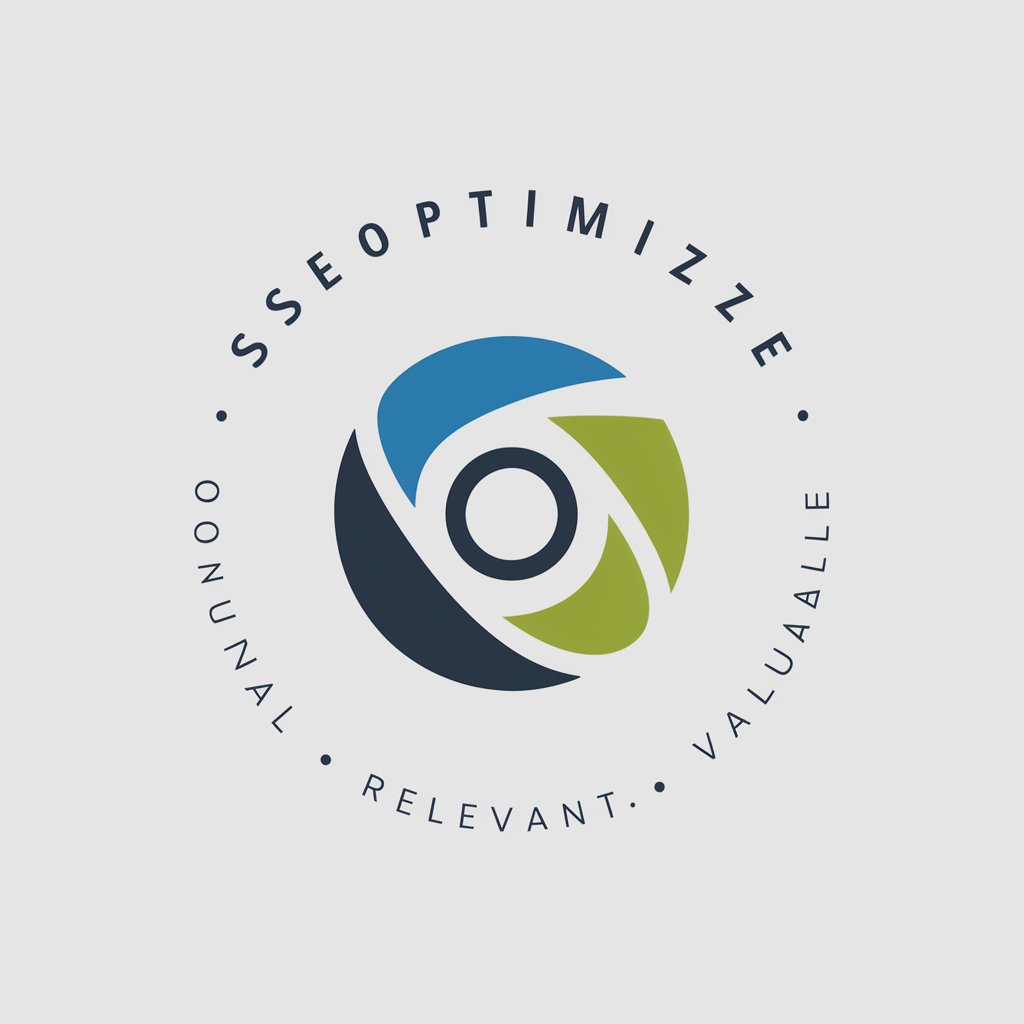
Etymologist
Discover Words, Unravel Roots
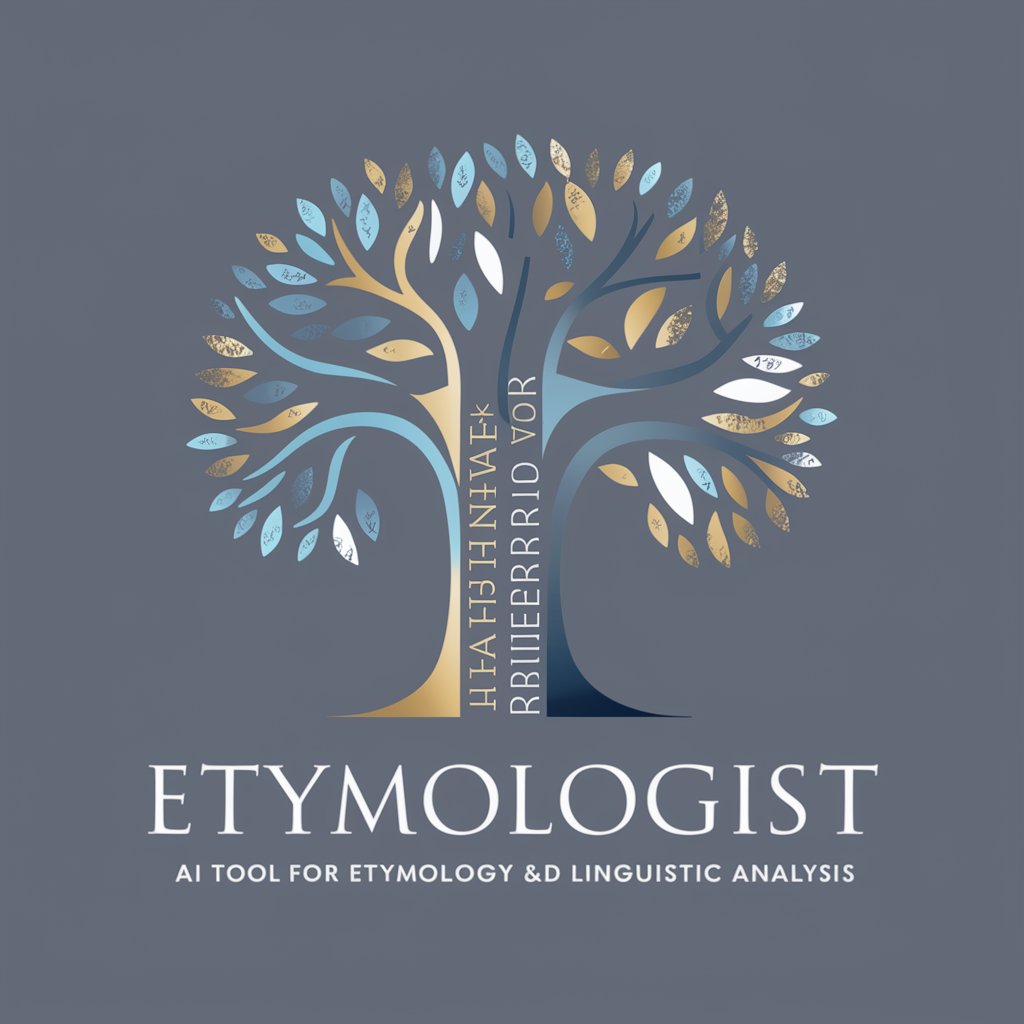
GoodPoeT
Versify your voice with AI-powered poetry.

Music Business GPT
Empowering your music business journey with AI-driven insights.

SEO GPT
Optimize your site's SEO with AI-driven insights

'Great Expectations' by Charles Dickens
Bringing Dickens to life with AI-powered immersion.

Frequently Asked Questions about Art Metaverse
What is Art Metaverse?
Art Metaverse is a digital platform that allows users to explore, create, and trade digital art in a virtual universe. It uses immersive technologies like VR and AR to enhance the art viewing and creating experience.
How can I buy art in Art Metaverse?
Art can be purchased through the NFT marketplace integrated within the platform. Users can use cryptocurrencies to buy and trade digital artworks verified through blockchain for authenticity.
Can I exhibit my artworks in Art Metaverse?
Yes, artists can create their own virtual galleries within the platform to showcase and sell their artworks. The platform provides tools for designing these spaces and managing exhibitions.
Is Art Metaverse accessible globally?
Yes, Art Metaverse is designed to be globally accessible, allowing users from any location to access and participate in the digital art world provided they have an internet connection.
What are the main challenges faced by Art Metaverse?
Challenges include ensuring digital security, managing intellectual property rights, and providing equitable access to prevent digital divide among users.
